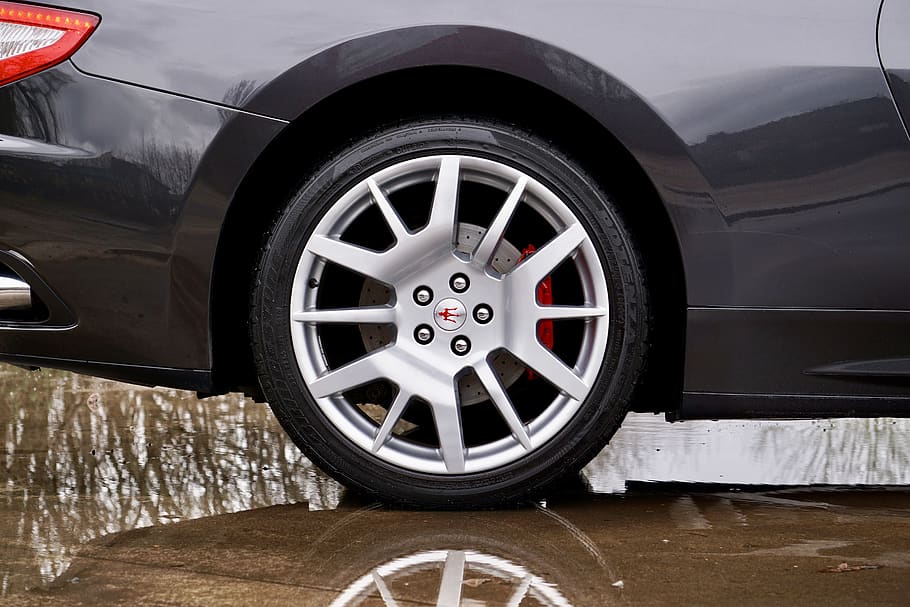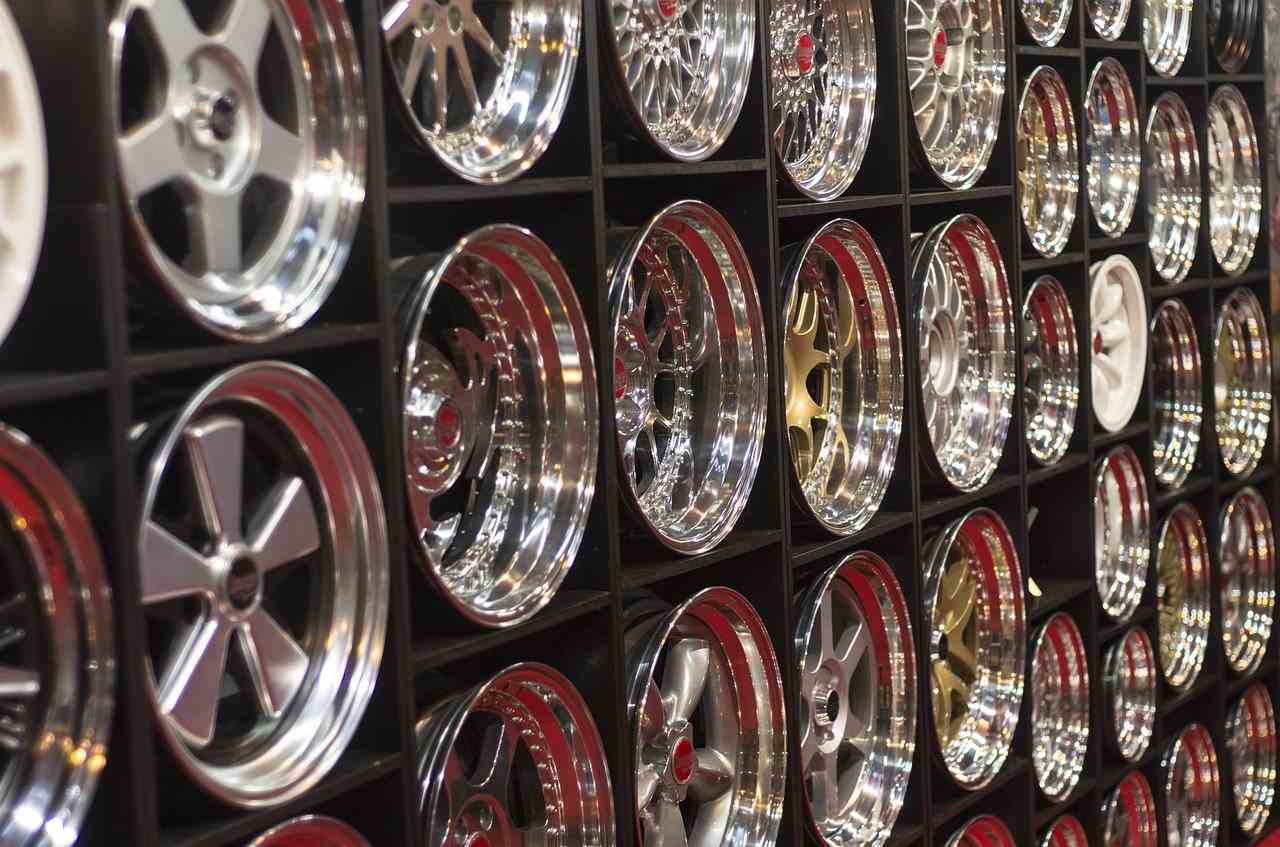Have you ever stopped to think about the finish on your car’s wheels? You’re probably not alone. It’s a major detail that can impact how well your tires grip the road and the look of your vehicle.
We’re going to break down wheel finishes and teach you what each type entails. Let’s find what wheel finish actually means and how different one type of finish is from another.
Contents
What Is Wheel Finish?
Wheel finish is the act of applying a chemical or paint to your car or motorcycle wheel in order to protect it from corrosion and other external damages. The most common type is paint, but there are also chrome, powder, and machine coatings available for people who want their wheels to give a different look.
Types of Wheel Finishes: How Are They Different?
There are several types of wheel finishes and we’re going to cover some of the popular choices. Paint is the most common type, but there are a few situations in which people will opt for clear coats!
Painted Wheel Finish
Paint is the most common type of wheel finish, and it comes in a variety of colors. Nonetheless, most people choose the color matching the body paint of the vehicle.
The chemically bonded wet paint gets a clear topcoat for UV protection and shielding from other external elements.

Machined Wheel Finish
Machined wheels are a step up from paint because the surface is just shaved off bare metal. A thin layer of the wheel is scraped off with a machine. Machining can cause various types of dull to shiny finishes. When the machining is done, a clear coat is applied on the surface to protect the wheels from corrosion and weather elements.
Chrome-plated Finish
This is a classic finish option that leaves the wheel’s surface in a mirror-reflective state. To get that look, you have to apply several layers of chromium, nickel, and copper coatings. It does not need any clear coat but you can use chrome polish to maintain the shiny appearance. You can also create various colored surfaces by using translucent paints.
Physical Vapor Deposition (PVD) Finish
PVD can give the classic chrome finish a tough competition in terms of creating a mirror-reflective surface. This method uses an electrical bonding technique to apply a thin layer of metal to the wheels. For protecting the surface, you have to use a clear coating of acrylic powder.
Despite looking similar to a chrome-plated finish, PVD makes the wheels lighter, yielding a better driving response.
SEE MORE
- Heavy Brake Dust on the Car Wheels? Here’s How to Remove
- Key Differences Between Alloy and Steel Wheels
Powder-coated Finish
This finish offers loads of color choices. To create this durable finish, you have to spray powdered paint and resin onto the surface. If you want your wheels to have texture, this option is perfect.
Conclusion
Learning about the wheel finish types is important, so you can pick out the right kind for your needs. Chrome, powder-coated, and painted finishes come with colored options while PVD and machined finishes create a raw metallic disposition. As all types are there to protect the wheels, making a decision largely depends on personal choice.



